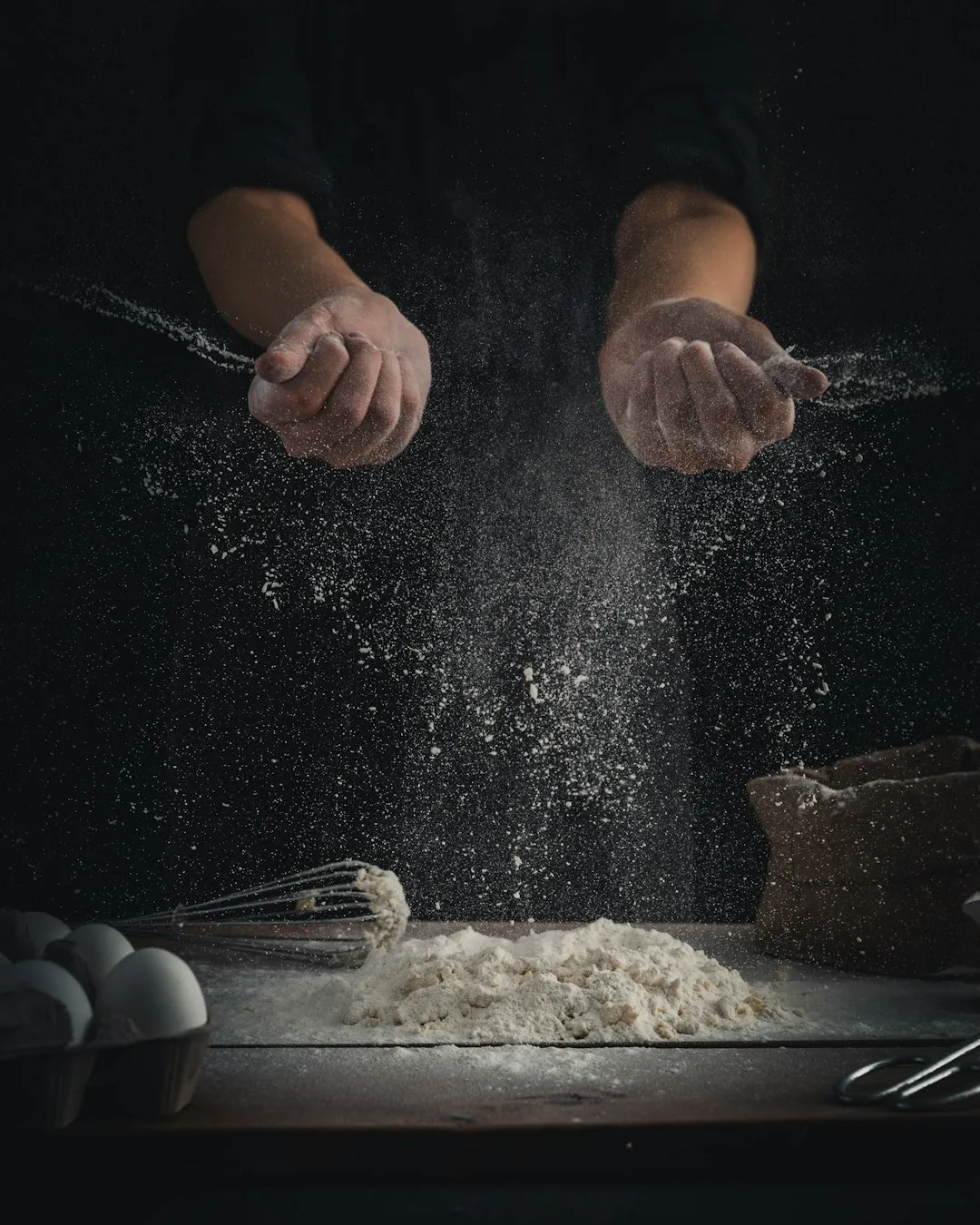The Secrets Behind Fizzy Drinks: Seltzer, Club Soda, and Sparkling Water Unveiled

Are you often left scratching your head when standing in front of the beverage aisle, trying to decide between seltzer, club soda, and sparkling water? You're not alone. These fizzy drinks may seem similar at first glance, but there are distinct differences that can greatly impact your sipping experience. In this article, we've consulted drink experts to break down the flavor variances and best uses for each, so you can make informed choices and sip wisely.
Let's start with seltzer. Seltzer is essentially carbonated water with no added minerals. It's a pure, simple, and refreshing option. The lack of minerals gives seltzer a clean and crisp taste, making it a great choice for those who prefer a straightforward fizzy drink. It's also a popular mixer in cocktails. For example, a classic vodka seltzer is a staple in many bars. The seltzer adds a light fizz and doesn't overpower the vodka, allowing the spirit's flavor to shine through. You can also add a splash of fruit juice to seltzer for a homemade mocktail. Whether it's a squeeze of lemon or a dash of cranberry juice, the possibilities are endless.
Club soda, on the other hand, is carbonated water that has been infused with minerals such as sodium bicarbonate, sodium citrate, and potassium sulfate. These minerals give club soda a slightly salty and tangy flavor. The added minerals also make club soda a bit more effervescent than seltzer. Club soda is a great choice for toning down the sweetness of sugary drinks. If you have a glass of overly sweet lemonade, adding a splash of club soda can balance out the flavors. It's also commonly used in mixology. A popular example is the Tom Collins, which combines gin, lemon juice, sugar, and club soda. The club soda adds a fizzy kick and enhances the overall flavor profile of the cocktail.
Sparkling water is a broad term that encompasses both natural and artificially carbonated water. Natural sparkling water comes from underground sources and contains naturally occurring minerals. This gives it a unique flavor that can vary depending on the source. Some natural sparkling waters have a slightly earthy or mineral-rich taste, while others are more delicate. Artificially carbonated sparkling water is made by adding carbon dioxide to still water. It can be a good alternative to natural sparkling water if you're looking for a more consistent flavor. Sparkling water is a great option for hydration. It provides the same benefits as still water but with the added fun of bubbles. You can enjoy it on its own or pair it with a meal. It's also a popular choice for those who are trying to cut back on sugary drinks.
When it comes to cooking, these fizzy drinks can also play a role. Seltzer can be used in baking to add a light and airy texture to cakes and pancakes. Simply replace some of the liquid in the recipe with seltzer, and you'll notice a difference in the final result. Club soda can be used to make a crispy batter for frying. Dip your chicken or vegetables in a batter made with club soda, and you'll get a deliciously crunchy coating. Sparkling water can be used in cooking seafood. Poaching fish in sparkling water can give it a delicate and flavorful finish.
In conclusion, understanding the differences between seltzer, club soda, and sparkling water can enhance your drinking and cooking experiences. Whether you're looking for a refreshing beverage, a mixer for cocktails, or an ingredient for cooking, each of these fizzy drinks has its own unique qualities. So, the next time you're at the store, take a moment to consider your options and choose the one that best suits your taste and needs. Sip wisely and enjoy the wonderful world of fizzy drinks!